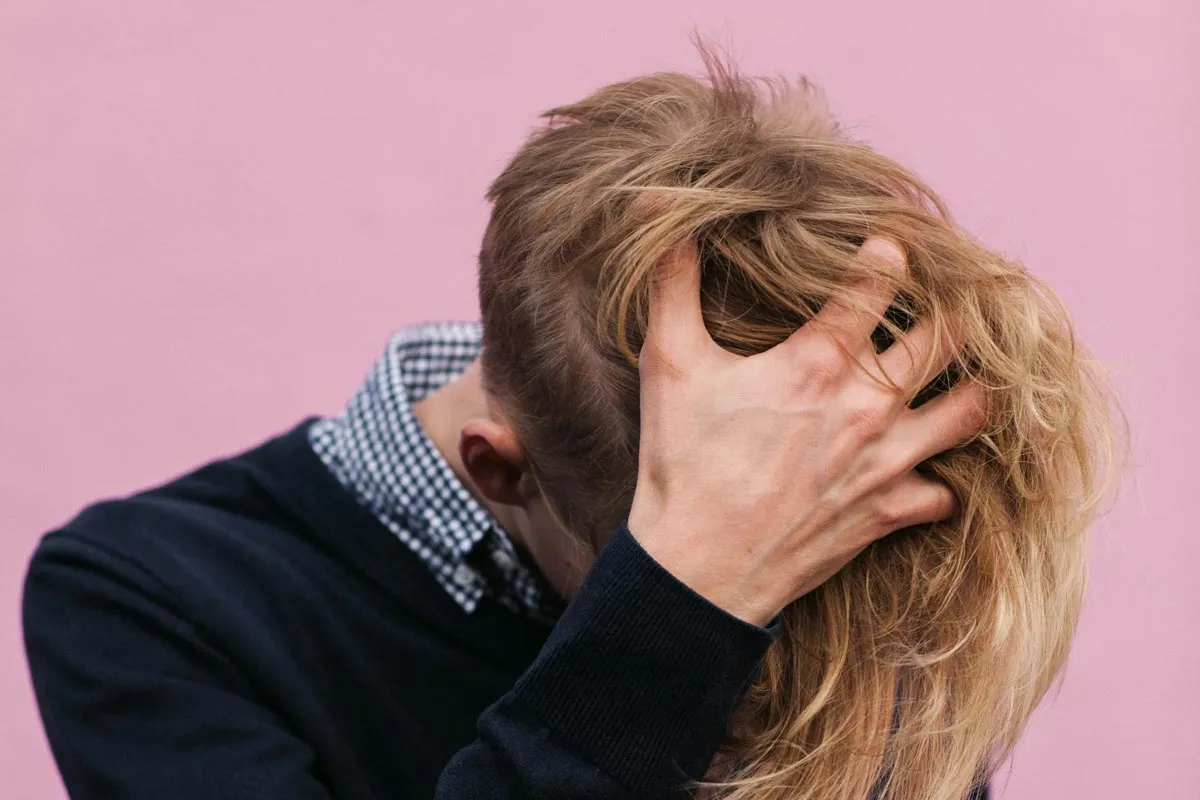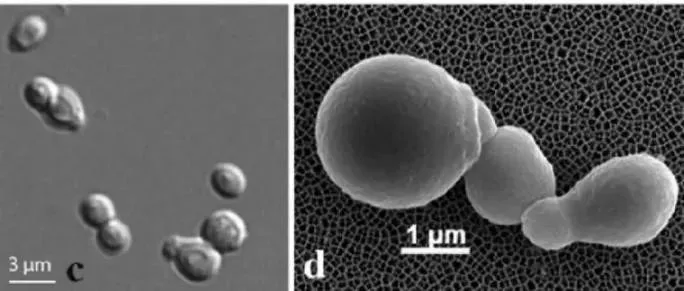
Have you ever found yourself absentmindedly scratching your scalp, only to discover tiny bumps or scabs under your fingernails? You’re not alone. Many people experience these mysterious scalp particles, but what exactly are they?
What Are Those Little Bumps on Your Scalp?
These small particles you’re picking at can generally be categorized into two types:
1. Relatively Harmless:
- Appearance: White or pale yellow, small like millet grains.
- Cause: Excess oil production that clogs hair follicles. When this oil isn’t properly expelled, it accumulates and hardens into small “whiteheads.”
- Who’s Affected: Typically seen in individuals with oily skin, including the scalp, face, chest, and back. This is often linked to high levels of androgens, making it more common in men aged 30-60 and women before menopause.
2. Potentially Harmful:
- Appearance: Larger, flake-like particles, sometimes accompanied by itching, redness, and inflammation.
- Cause: Likely to be folliculitis or severe scalp conditions where hair follicles become infected or inflamed. This can be due to bacteria or more commonly, the fungus Malassezia, which thrives on oily skin.
The Role of Malassezia

Malassezia, a yeast-like fungus, is a major culprit behind scalp issues. It loves feeding on the oils produced by your skin, turning your scalp into a buffet. Here’s what happens when Malassezia goes unchecked:
- Dandruff: The rapid growth of Malassezia disrupts the scalp’s protective barrier, causing flaky skin.
- Scalp Infections: As the fungus proliferates, it weakens the scalp’s natural defenses, leading to infections and inflammation.
- Odor: High levels of Malassezia produce volatile organic compounds (VOCs) that can create unpleasant odors.
- Hair Loss: Chronic fungal infections can damage hair follicles, leading to hair thinning or even permanent scarring alopecia.
How to Manage and Prevent Scalp Bumps
Here’s how to keep those pesky scalp bumps at bay:
- Diet: Avoid spicy and irritating foods, and cut back on alcohol.
- Hygiene: Regularly wash your hair with antifungal shampoos containing ketoconazole.
- Lifestyle: Maintain a balanced lifestyle with enough rest and minimal stress.
- Avoid Scratching: Scratching can exacerbate the problem and lead to infections.
- Change Bedding: Change pillowcases weekly to reduce the spread of bacteria and fungi.
If your scalp condition worsens, presenting with painful, red, or pus-filled bumps, consult a dermatologist immediately. Proper diagnosis and treatment are crucial for severe cases to prevent long-term damage.
Taking these steps can help you maintain a healthy scalp and avoid those irritating bumps. And remember, your scalp health is just as important as the rest of your skincare routine!

